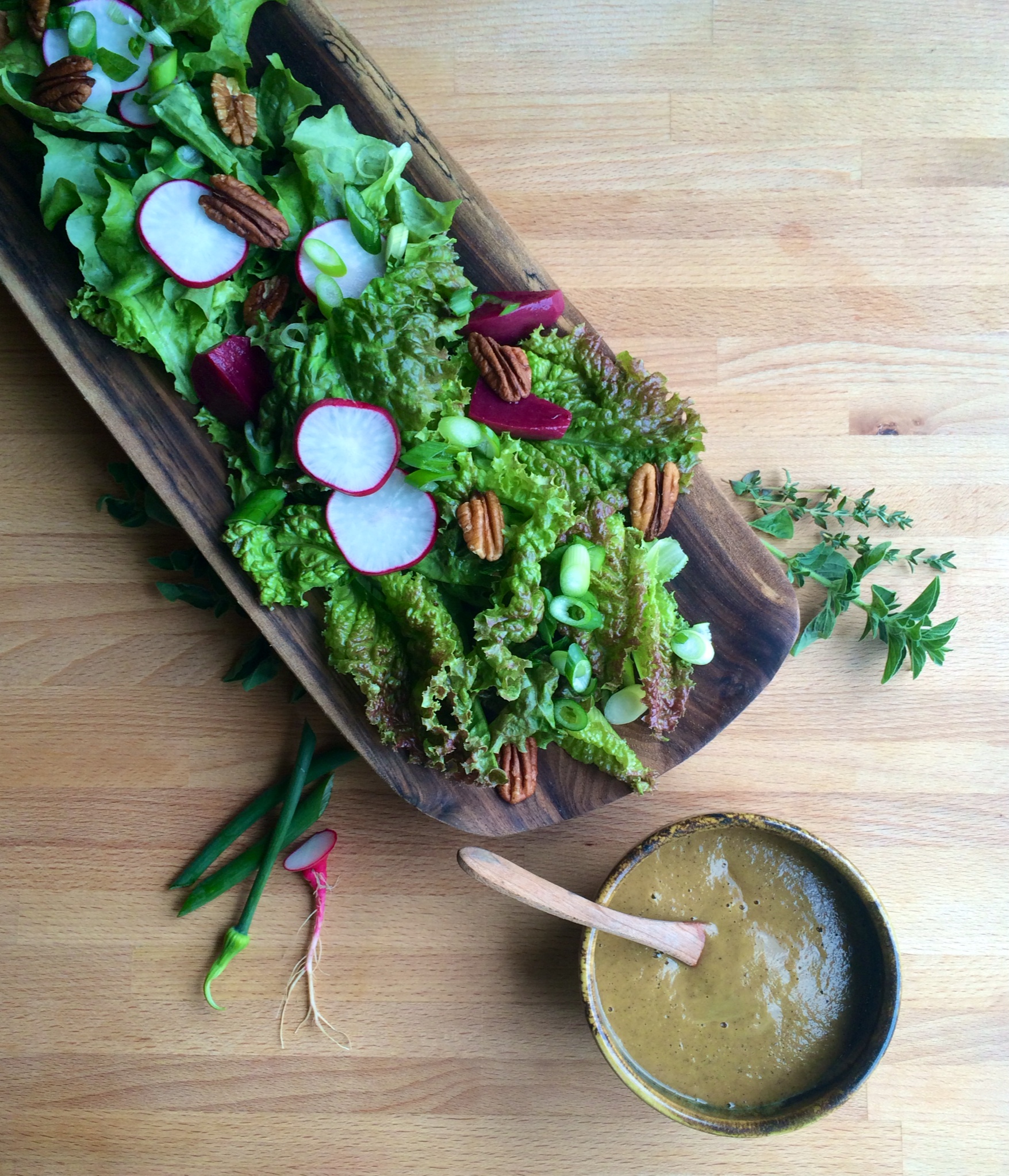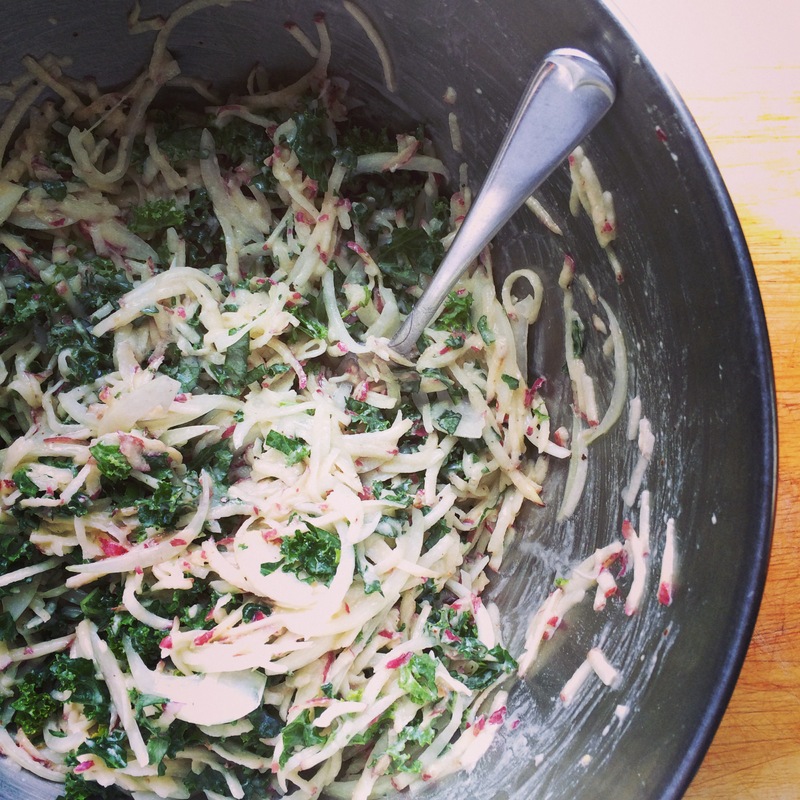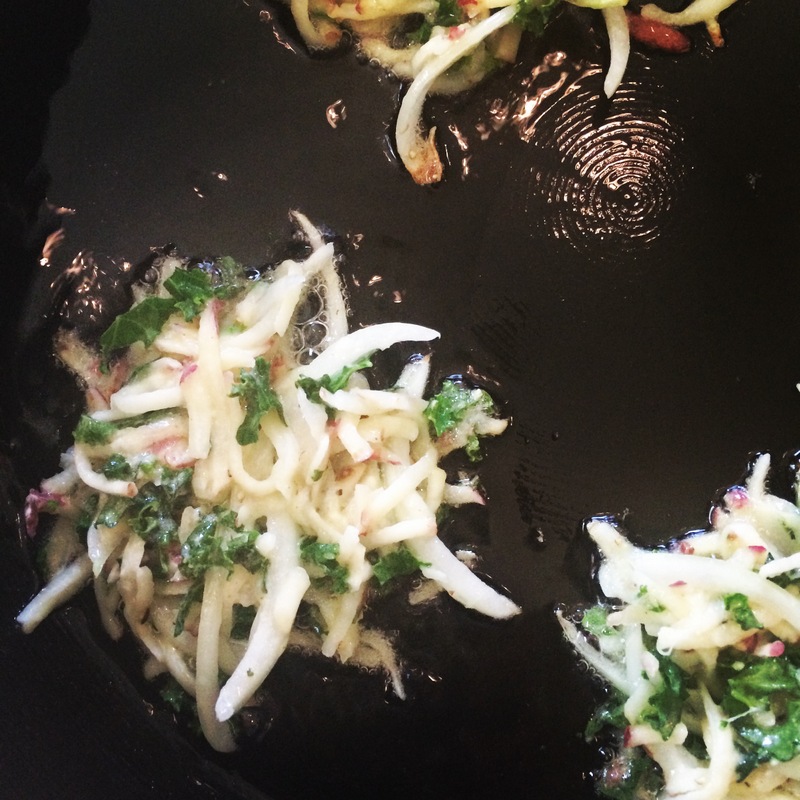This recipe has traveled around the world through many hands. Pumpkin curries are popular in much of Asia, and can be found with a variety of ingredients and flavors. The dark green skinned kabocha squash is the most common "pumpkin" used in these recipes, but butternut squash works quite well. The small ones are especially well suited for serving single portions stuffed inside the squash.
The particular recipe and method listed below came from a Swiss friend named Jerome Gauthey who has spent a year or so working at an orphanage for refugee children in Thailand. And it was his friend and co-worker from Burma who shared the meal with the staff and children whenever there were occasions for celebration. It's a simple recipe that makes use of fresh winter squash, onion, loads of garlic, and a common Thai seasoning blend called Ros Dee. It's hard to know exactly what is in the seasoning packet, but it's essentially pork bouillon, salt, garlic powder, and various umami flavor enhancers. Ros Dee may be available at your local Asian market, but a good substitute could be homemade pork or chicken broth and plenty of salt. And don't be afraid to assemble your own flavors. Many pumpkin curry recipes also use turmeric, ginger, kafir lime leaves and coconut milk for a sweeter taste.
Ingredients:
6-8 small butternut squash
2 lbs boneless chicken thighs
3 stalks fresh lemongrass
1 large onion
6-8 cloves of fresh garlic
Salt
Oil
Green and red Thai chilies (to taste), plus one small red or yellow onion
*Ros Dee Seasoning, or use pork or chicken broth

*Ros Dee Pork Seasoning
Method:
Mince the small onion and about 6-8 Thai chilies. Combine in a bowl with some salt and mash with a mortar & pestle to release their oils and combine the flavors. Set aside.
Cut the neck end of the squash away from the bulbous end, then carefully peel the squash and remove the seeds. The seeded bulb end will be used as bowls for the curry, and can be decorated by cutting slits or designs into them with a sharp knife.

Place the squash "bowls" on a parchment-lined baking dish and set aside. Chop the remaining stem-ends of the squash into bite sized chunks, cut the chicken thighs into bite sized pieces, slice the large yellow onion into wedges, and mince the garlic. Trim the lemongrass, using the white root ends for the curry. Cut into 3-4 inch pieces.
In a heavy bottomed stock pot, cook the chicken on medium-high heat with a little oil until it is almost cooked through. Add the onion and garlic and continue to cook while stirring until the onions are tender. Stir in the squash chunks, Ros Dee Seasoning and 1 cup of water (or broth) and lemongrass. Cover and simmer until the squash is tender, but not mushy.
Season to taste with salt and more Ros Dee, garlic or chopped chilies.
Scoop the chicken and squash mixture into the squash "bowls" and return to the baking sheet. Bake at 375 degrees for about 20-30 minutes, or until the squash bowls are fork tender.

Serve with steamed jasmine rice and onion and chili garnish.


















